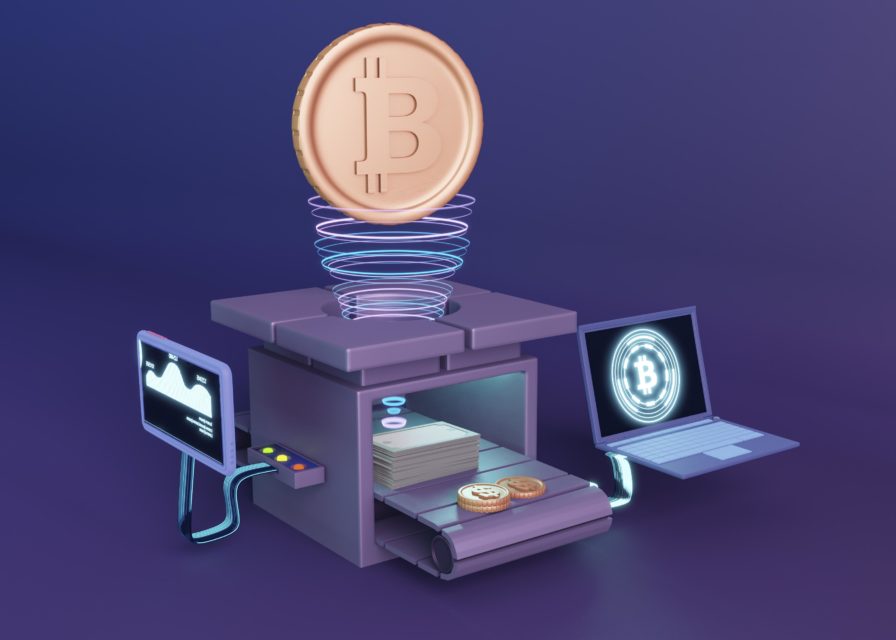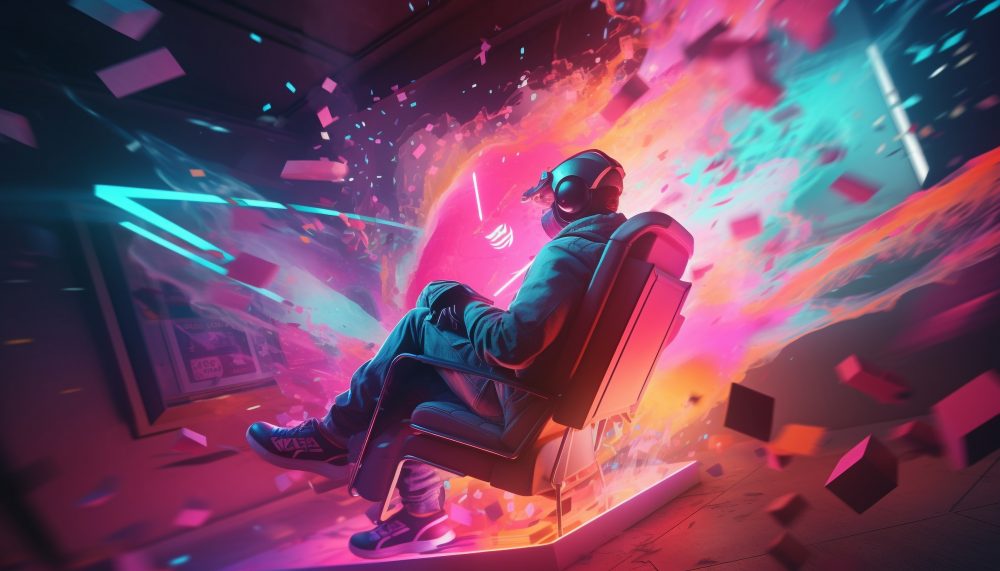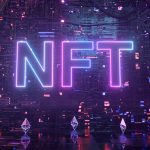Dynamic NFT (dNFT) leverages real-time data from smart contracts and Oracles to evolve based on external conditions such as weather, sports results or asset prices. Prominent use cases for dNFTs include sports, gaming, and real estate.
What is Dynamic NFT?
Dynamic NFTs are created using smart contracts to consolidate real-time data. This data may change due to external conditions such as weather conditions, the latest sports results or price changes of the underlying assets.
One of the key things to know about dynamic NFT is the use of metadata. In addition to describing the features of the icon, it can contain different types of information such as names, descriptions, and features.
So when data is added to a dynamic NFT it evolves and its metadata is updated. Inserted data can be both on-chain and off-chain data. On-chain refers to data such as new high scores in a game. Off-chain data is imported through oracles and can be anything from price differences of real-world assets to basketball scores.
This handy little functionality opens up a ton of different use cases. The most prominent are sports, gaming and real estate. For example, thanks to the Chainlink Verifiable Randomness Function (VFR), this is the impact of new web3 technology on games won by playing. In-game items and features are randomly distributed using VFR, determining the coveted rarity of different items.
Implementation of Oracles in Dynamic NFTs
Oracles play a very important role in dynamic immutable coins. These node collections provide and validate external data for smart contracts, including dynamic NFTs. For example, an oracle can send external data to the smart contract, which is dynamic NFT. This leads to a change in the metadata, and thus the front end, of NFT: owner-visible properties and appearance.
Thanks to the value assignment by Chainlink Oracles, these NFTs can meet different use cases:
- Creation of NFTs.
- Transfer of ownership.
- Resolution of competitive outcomes by assigning value to assets.
Increased decentralization and automation are other benefits from Oracles integration. They open the link between on-chain entity and off-chain events, thus bridging the gap between smart contracts and external web services.

Static NFTs and Dynamic NFTs
The differences between static and dynamic NFTs are few but very important. The static version of digital assets cannot be changed or updated over time.
The opposite is true for dynamic NFTs. They are also sometimes called dNFTs or live NFTs. It makes replaceable metadata interactive and responsive, enabling different and broader use cases than static NFTs have.
Oracles pass data to NFTs without asking for a new one to be created. The old token is replaced, making dNFTs a perfect match for use cases that require regular updating of data.
Static NFTs, on the other hand, cannot be changed. This makes them safer, lighter, and more compatible with many existing protocols and systems. They are more suitable for verification purposes as the number of transactions has no effect on the creation and storage of these NFTs. All metadata is stored in a single file for such NFTs.
How to Create Dynamic NFT?
Creating a dynamic NFT can add value to an NFT collection. To create a dynamic NFT, you need to follow some steps. First, you need to set up the ERC721 token. The next step is to load the NFT image links to the IPFS URIs and then run a build check. Once this is done, the NFT contract should be “Keepers Compatible”. The final step is to create the smart contract that will replace the NFT based on the specified on-chain or off-chain variables.
The steps for creating a dynamic NFT are as follows:
- Create a token with the ERC-721 or ERC-1155 standard.
- Upload NFT image links to IPFS URIs.
- Complete the build check.
- Make the NFT contract “Keepers Compatible”.
- Create the smart contract that will replace the NFT based on the specified variables.
- Test dynamic NFT.
On the other hand, there are several platforms where you can create dynamic NFTs without any coding required.
What Are the Benefits of Dynamic NFTs?
Interactivity, programmability and versatility are clear advantages of such tokens. In practice, these factors result in new revenue streams for creators and collectors alike, as dynamic NFTs can continually add new data to stay current.
The interactive nature of dynamic NFTs means that NFTs can change their properties based on external on-chain or off-chain events. Creators can offer a more engaging experience, and collectors are more likely to be interested in thriving NFTs.
Another key benefit is programmability, which is the technical term for the dynamic nature of dNFTs. Because they can change and evolve over time, dynamic NFTs are perfectly suited for the creation of games featuring new and evolving characters. This versatility makes dynamic NFTs very attractive to adders because their final values are not fixed as with static NFTs.







